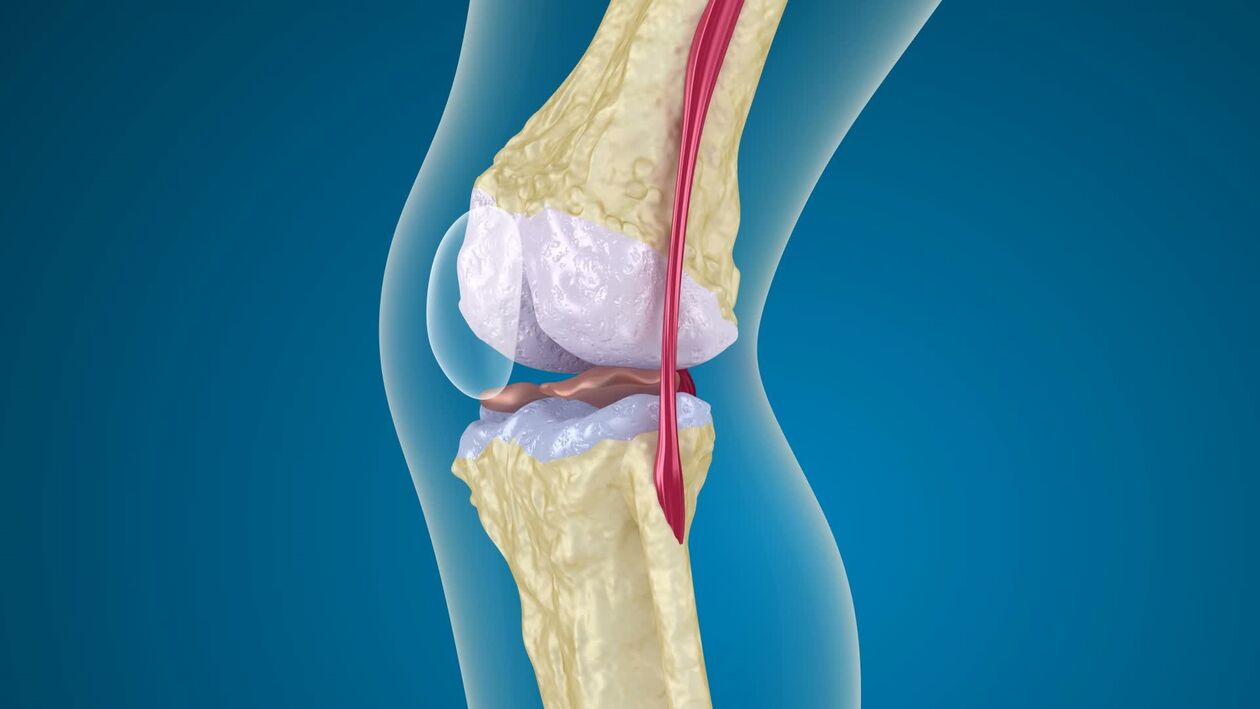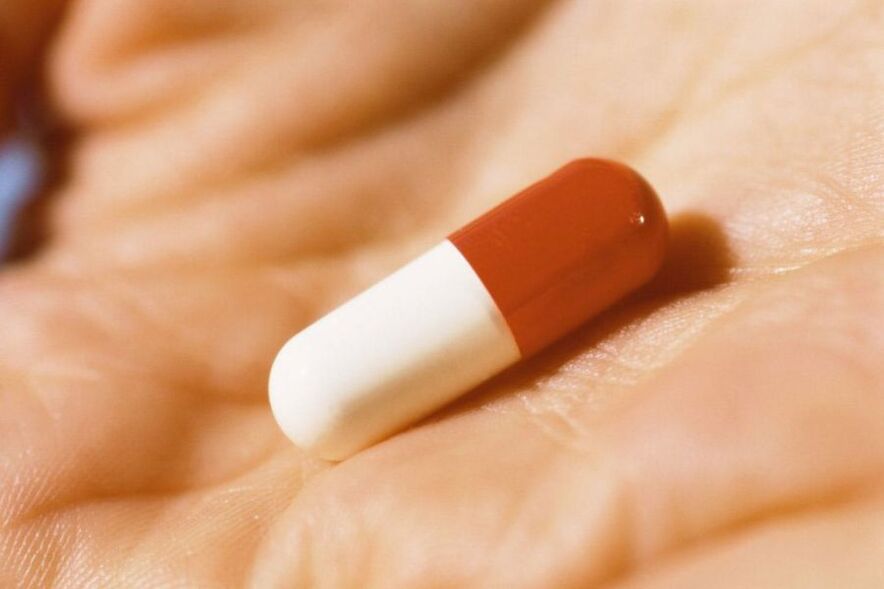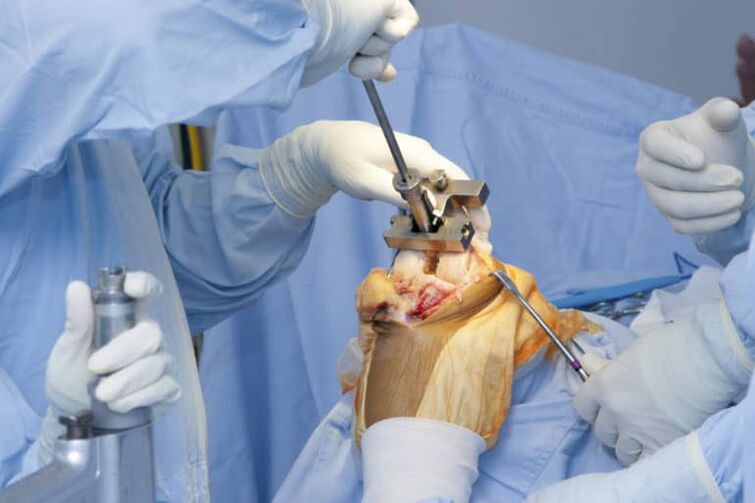
Arthrosis of the knee joint is a degenerative damage to the cartilage of the knee joint that results in its destruction. Arthrosis is the most common pathology, and doctors say about 80% of people suffer from this pathology to some degree. It is the third most common disease after cancer and heart disease. All this suggests that the treatment of knee arthrosis does not yet have methods that would completely help eliminate the disease.
Management principles
There are several principles for the treatment of knee arthrosis that should form the basis of the treatment of the disease:
- The knee joint damaged by arthrosis should be immediately relieved of excessive physical activity during therapy. Knee arthrosis is not so easy to cure, but it allows you to prevent complications. If possible, joint movement should usually be restricted and the order prescribed by your doctor should be followed.
- In parallel with treatment, do not take too much care to avoid muscle tissue atrophy. It is best to take part in affordable physiotherapy. Which doctor treats the joint, he gives the direction of practical therapy.
- Physiotherapy is a great and effective way to improve fund management. Physiotherapy always includes electrotherapy, magnetic, laser and shock wave therapy.
- Sanatorium resort treatment will also benefit patients - in arthrosis, special resorts must be visited at least once a year.
- It is essential to replenish the joint with oxygen. To do this, they perform so-called oxygen therapy.
- Medication is primarily anti-inflammatory and analgesic, intraosseous obstructions.
- An essential element of proper sensible treatment will be to change eating habits, remove foods that cause excessive salt in the body, saturate the body with calcium, minerals and vitamins.
Medicine
Conservative therapy includes the treatment of knee joint gonarthrosis:
- non-steroidal anti-inflammatory drugs;
- chondroprotectors.
Non-steroidal anti-inflammatory drugs
Non-steroidal anti-inflammatory drugs are the basis for the treatment of arthrosis. This group of drugs allows you to quickly stop the inflammation, to stop the bloating, which makes the painful feelings disappear quickly. The drugs have antipyretic and analgesic effects. It is therefore recommended for the treatment of joint pathologies, including arthrosis of the knee joint.
Nonsteroidal anti-inflammatory drugs for the treatment of DOA (deforming osteoarthritis) of the knee joint can be divided into several groups. According to their composition, they can be divided into acidic and non-acidic substances.

The risk of side effects should be borne in mind when using NSAIDs, so it is strictly forbidden to exceed the dose.
Due to their high efficacy, non-steroidal anti-inflammatory drugs are actively used in the treatment of various inflammatory diseases. However, doctors noted that they have a negative effect. The study revealed their negative effects on the kidneys, heart, blood and digestive system. Therefore, physicians are trying to limit the prescribing of NSAIDs, including the treatment of arthrosis.
It is very important to achieve the maximum dose in the treatment of the disease that will help relieve the excruciatingly painful symptoms, but has not had any negative effects. They suffer most from non-steroidal anti-inflammatory drugs:
- organs of the gastrointestinal tract;
- blood cells;
- kidney;
- heart.
From the stomach side, complications such as ulcers, dyspepsia, internal bleeding, or even gastric perforation are possible. As for the liver, the hepatocytes - the main cells of the liver - are damaged. Heart disease is manifested by arterial hypertension and edema. In the kidneys, glomerular filtration is reduced and interstitial nephritis may develop. Side effects on the blood include damage to platelet aggregation and an increased risk of bleeding.
Is it possible to completely abandon NSAIDs that negatively affect the body? As it turned out, no, because this group allows the control of the first and second stages of arthrosis. Therefore, the negative aspects of non-steroidal anti-inflammatory drugs have forced manufacturers to look for new generations of these drugs.
As a result of research, 2 generations of cyclooxygenase enzymes 1 and 2 were isolated. Recently, cyclooxygenase 3 enzymes have been invented, including oxicams. These drugs have much less negative effects and are therefore actively used in the treatment of deforming arthrosis.
The latest generation of drugs also allows for the effective treatment of arthrosis without harming the body. The only disadvantage of new drugs is the rather high price. Therefore, in case of long-term use by the treating physician, the old drugs are prescribed with probiotic support for the gastrointestinal tract.
Oxycams
Representatives of the new generation of nonsteroidal anti-inflammatory drugs are the oxicam group.
The oxicam group is today the most effective and safest for patients with arthrosis.
Chondroprotectors
Chondroprotectors are a group of drugs that protect cartilage tissue. The mechanism of action is due to the content of the active ingredients that make up these drugs. First, they are:
- glucosamine;
- chondroitin sulfate.
The effect of chondroitin sulfate is based on the stimulation of the formation processes of cartilage components. This material also:
- prevents destructive processes in cartilage tissue;
- improves intraarticular fluid production;
- has an anti-inflammatory effect.
Glucosamine is an essential substance in the synthesis of cartilage tissue. It protects cartilage from free radicals and other factors that damage the integrity of cartilage tissue. In addition, glucosamine has the ability to relieve bloating and has an anti-inflammatory effect.
Chondroprotectors have the ability to repair cartilage tissue, but they need to be taken for a fairly long time, at least six months. Another major disadvantage of chondroprotectors is that they better protect cartilage from the destructive effects, but are unable to slow down the pathological process that has already begun.
Therefore, this class of drugs is included only in the first stage of disease development in addition to the active prescribing of NSAIDs. Today, there are three generations of chondroprotectors, the most famous of which are:
- Preparations made from animal cartilage;
- second generation mono-drugs containing either purified hyaluronic acid or chondroitin or glucosamine;
- the third generation is a combination of drugs that also contain glucosamine and chondroitin sulfate.
It is now possible to use chondroprotectors in combination with anti-inflammatory agents.
Operation
In some cases, degenerative arthrosis of the knee joint is treated solely with surgery. Surgery is usually used when a patient develops grade 3 gonarthrosis. But if a patient in the second stage of the disease has a very pronounced pain syndrome and is difficult to remove even with painkillers, and the arthrosis continues to worsen, surgery is indicated at this stage.
There are several surgical procedures that provide the best effect in gonarthrosis. Each technique has its own characteristics and results.
Arthrodesis is a procedure in which joint tissue is completely removed and the femur and tibia are joined to the patella. This method of treating gonarthrosis is the most radical and is no longer used as often today as it leads to a restriction of the patient’s mobility.

Another operation to eliminate knee arthrosis is arthroscopic debridement. The treatment consists of removing the dead particles. The disadvantage of surgery is significant - rehabilitation takes a long time, and the effect of the procedure lasts only 1-2 years. Such an operation can be performed already in the second stage of the development of the disease.
Periarticular osteotomy - this operation is performed as needed to restore joint mobility. During the procedure, the surgeon cuts off those parts of the bone that interfere with free movement and adjusts them to the desired angle.
Thus, the center of gravity of the bone shifts and the load on the cartilage tissue ceases. Currently, this type of joint surgery is practically not used because it is quite complex and requires a long rehabilitation process. The positive effect of the treatment is also temporary.
The most successful intervention is an endoprosthesis. There is no analogue to arthrosis surgery with endoprostheses - it has a long-lasting effect and patients forget about knee problems for many years.
Knee surgery is the most advanced technique. Modern treatment methods allow the extraction of cartilage tissues as well as bone particles affected by the pathological process from the patient. Instead, a more functional and reliable prosthesis is placed. The benefits of such surgery are:
- it is possible to fully restore the patient's motor functions;
- rehabilitation with such an operation is minimal;
- the prosthesis lasts for about three decades.
The only problem with surgical treatment of arthrosis by endoprosthesis is the high cost of materials, as a good quality prosthesis is quite expensive. Postoperative treatment ends in the intensive care unit - the patient receives drainage for several days, from which the wound secretion is released.
To relieve pain, the knee is covered with special coolants. During the endoprosthesis it is possible to move on the third day, on the tenth day the patient continues the treatment in the rehabilitation center. After treatment, it is possible to prescribe non-steroidal anti-pain drugs, hormonal agents, and wear a bandage for some time.
Opinions
To evaluate the different therapies, read the opinions of patients treated differently and treating knee arthrosis:
- A 45-year-old woman: "I was diagnosed with knee arthrosis two years ago. It hurt to step on my leg, an unusual crackle appeared and I went to the doctor. The development of second-degree disease has been diagnosed and treatment with non-steroidal drugs and chondroprotectors has been recommended. With the help of painkillers I was able to achieve a stable analgesic effect - I took a group of oxicam. I will continue to take chondroprotectors now, there is no deterioration yet. "
- Male, 62 years old: "I had knee arthrosis - obviously affected by the consequences of sports, which I professionally dealt with when I was young. Even going to work as a coach didn’t help reduce the workload, so I continued to be actively engaged, leading to a diagnosis of arthrosis that I practically didn’t treat. I was just drinking painkillers, hoping it would go away. As a result, stage 3 of the disease developed and had to be operated on. Of all the techniques, the doctor suggested a prosthesis that was performed on me last year. The surgery was successful, I recovered quickly. "
- Female, 55 years old: "This year I was diagnosed with stage 1 arthrosis. Luckily, I went to the doctor on time because I felt a difficulty in my leg. I thought it was swelling since I was overweight since I was a kid, but as it turned out, it was arthrosis. I am now taking anti-inflammatory drugs, but the doctor promises that I will be able to heal with the help of chondroprotectors. I hope the surgery doesn't come. "
Arthrosis of the knee joint is characterized by an insidious course when the pathology is asymptomatic in the initial stage. Nevertheless, treatment is most effective at this time. Therefore, physicians insist on timely diagnosis of pathology and prevention of cartilage tissue disorders.



































